Research and development activities are often costly, but necessary, aspects of running a business. Not only does continuous research allow you to improve current products, but it also ensures that your business stays at the forefront of your industry by developing new products, treatments, or methods of production.
Whether you already have an active research and development (R&D) department or are looking to engage in R&D for a specific purpose, there’s a tax credit you’re likely not claiming to offset the cost of such actions.
Basic R&D Tax Credit Facts
The Research and Development Tax Credit was originally put into place in 1981 to incentivize American businesses to invest in R&D and help stimulate the domestic economy. Often, however, the costs to engage in R&D activities are far higher than the associated profits, especially if those efforts result in a failed prototype or system.
In 2015, the R&D credit was expanded and solidified as a permanent provision of the tax code. Today, the R&D Tax Credit continues to help offset a large portion of the labor, supply, and contractor costs associated with qualifying R&D activities. The credit is calculated primarily on the wages of the employees who perform the qualifying work, making it one of the most valuable tax incentives available for businesses. There is currently no limit to how much you can claim in a single year.
Qualifying activities for the R&D Tax Credit include developing new products and processes, as well as improving existing products and processes. The specific activities vary between industries and are associated with qualifying job titles.
Most common eligible industries
While there are many industries that can qualify for the R&D credit, the following are the most reported:
Agribusiness
Architecture, Engineering, and Construction
Automobile
Breweries
Wineries
Software Development
Healthcare
Professional Services
Life Sciences
Aerospace and Defense
Most common eligible activities
Qualifying activities apply in more situations than you might think, and those who carry them out aren’t necessarily wearing white coats and wielding lab equipment. Eligible activities include:
Conceptualizing and brainstorming new or improved products or processes
Designing and developing new or improved products or processes
Directly supporting development through data collection, machining of prototypes, and immediate supervision
Evaluating new product or process performance via quality assurance activities
Testing and proving of new products and processes in an applied environment
Excluded Activities
There are a few specifically excluded activities that don’t qualify for the R&D credit. Some examples include:
Research related to style, taste, cosmetic, or seasonal design factors
Research in the social sciences, arts, or humanities
Research conducted outside of the United States
Funded research by grant or contract
Adaptation or duplication of existing business components to meet a particular customer’s requirements
Surveys (e.g., efficiency surveys, management surveys, market research, routine data collection, and routine quality control)
What is an R&D Study?
To claim the R&D credit, your business participates in an R&D study that examines the data for the relevant tax year. The tax year can be the current year or previous tax years, and each year is associated with an independent study and credit.
During an R&D study, your accounting and operations teams collect a variety of documentation for research activities and the hours devoted to qualifying activities by employees, including payroll records, expense detail, project lists, and more. The goal of the data collection is to substantiate expenditures that are directly associated with the qualifying R&D activities. The amount of these expenditures is then used to calculate the allowable credit.
The Resulting Credit
The R&D tax credit typically equals 7-15% of the overall project cost, leaving you with increased cash flow for future projects.
The credit can provide the following:
Supplemental cash flow for ongoing improvements and research
Carry-forward of unused credits up to 20 years
Dollar-for-dollar income tax liability reduction
Offset of payroll costs, allowing retention of high-earners
Reduction of current effective tax rate
Reduction of current estimated tax payments
For more information about the benefits of an R&D Study, reach out to us directly.
Why Partner with Adams Consulting?
At Adams Consulting, we have a collective 15 years of experience with R&D Studies. We’ve partnered with a wide range of businesses across multiple industries to prepare the required substantiating documentation and maximize the amount of the R&D credit available to companies.
Our three-step process gives us the confidence to stand behind our work.
Qualification
We’ve spent years scouring applicable legislation, IRS treasury regulations, and relevant case law. When we perform an R&D study, we apply this knowledge to ensure we can document each and every qualifying activity that your business engaged in during the pertinent tax year.
Quantification
Our penchant for detail serves us well in quantifying your R&D credit. We meticulously comb through the relevant documentation to determine qualified portions of wages, supplies, and contractor costs incurred during qualified research activities.
Nexus
All the data and documentation in the world won’t help your business claim the R&D tax credit if you can’t establish nexus between the qualified activities and the qualified costs. We understand how to demonstrate that connection to the IRS, ensuring you’re able to substantiate and maximize the credit to which you are entitled.
Next Steps
Whether your business is new to research and development activities or has been conducting such tasks for years, an R&D Study could provide you with a significant tax credit. An R&D Study can be conducted for the most recent tax year or prior tax years. If claimed, the tax credit can be used to reinvest in future activities, thereby retaining employees and ensuring that your business remains poised as an industry leader, competing at the forefront of your field.
Reach out to us today by emailing blaine.adams@adams-consult.com or directly through our Contact page.

